
Why Is Biodiversity Critical To Life On Earth?
In its simplest terms, biodiversity includes all organisms in the natural world. Microorganisms, plants, fungi, insects, and every type of animal, together make up biodiversity. The term is most often used in describing the biodiversity of a given area or ecosystem, where one would describe an area as being high in diversity if a large variety of species (of plants or animals) lived there, and low in biodiversity if only a few types of plants or animals could be found in that region.
Each region, ecosystem, biome or biozone has its own level of diversity, and there are a few different ways you can measure biodiversity, however in general, it is extremely important that the Earth remains a biodiverse planet.
Importance Of A Biodiverse Planet
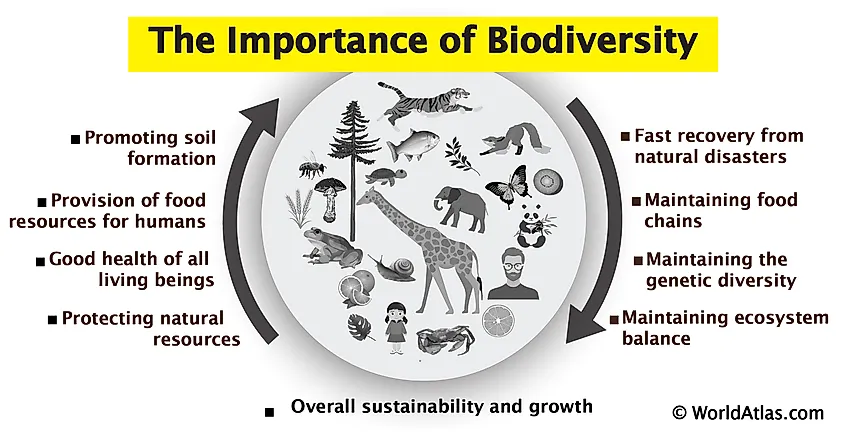
All ecosystems, and biological systems on Earth are connected to each other, and no one process functions on its own. In the same way, all organisms within a region rely on each other to be in balance and to maintain a healthy population and environment.
By having a biologically diverse ecosystem or, more widely, a diverse planet, the planet and all its biomes are able to run at their optimal, peak performance. Productivity is high, animal populations are healthy, and the system maintains balance. When this happens, not only does the system run well, but it is not as easily susceptible to collapse.
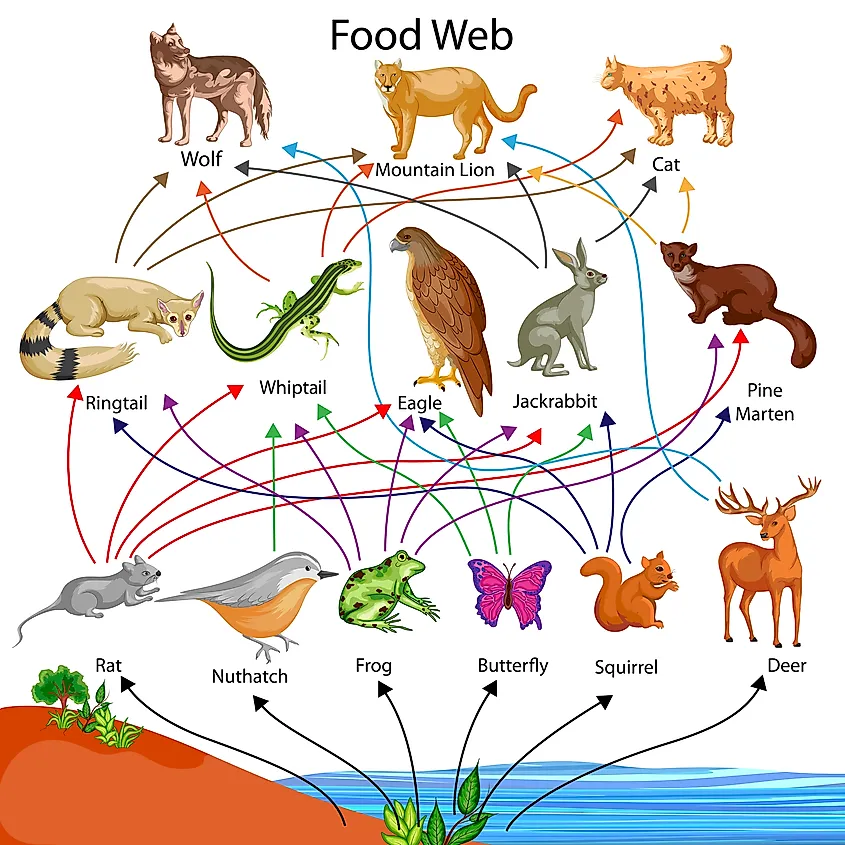
It is easy for these delicate ecosystems and regions to become unbalanced if and when outside factors are introduced. In these cases, an unbalance can quickly shift a system entirely, leading either to larger issues, or, if left unchecked, to the complete collapse of that system. If a new plant is introduced, or a species is over-hunted, each animal, plant or even microorganism in that system will be affected in some way, and need to adapt to survive, or may die out. This is why it is critical that biodiversity be maintained, to ensure the health of the planet, and prevent any collapses of ecosystems, or cascading domino negative effects.
Humans rely heavily on biodiverse environments in order to thrive. When biodiversity is threatened, food sources, building supplies, and even pharmaceuticals can be impacted. This need for biodiversity is seen especially in farming and food crops. Because most food is mass produced or mass farmed, the seeds, plants, and varieties of these foods have been streamlined. Because of this, one or two major varities of popular foods may exist, as opposed to many that may have naturally occured in the wild. A prime example of this is the case of bananas.
Naturally, there are a number of different species or subspecies of bananas, however, in farms and plantations, only one type is dominant. Because of this, the population of bannas becomes extremely susceptible to disease. In a natural enviornment, when an area is biologically diverse, a disease may impact an area, but it will likely only target certain plants or animals. If, however, only one such type of plant exists in that area, the entire population could be wiped out. This is the fear with bananas, as one particular banana-targetting virus has the potential to wipe out the majority of the world's banana supply.
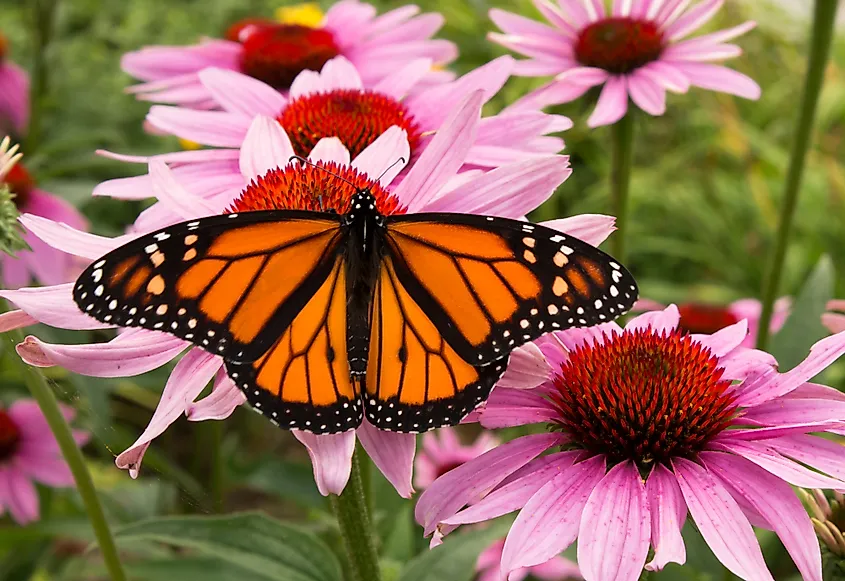
This same concern can be seen in livestock. While there are more than one type of cow that are raised and farmed for meat or dairy, it is well known that certain breeds of cattle are more highly desirable for the beef industry than others. Whether this is because that breed is more high producing, or less suceptible to disease, by maintianing one breed of cattle, a herd becomes far more at risk of external factors like sickness.
Similarly, while the loss of biodiversity can leave an area vulnerable, the abundance of it can provide opportunity. Research is constantly growing, investigating all sorts of rare plants, animals and micro organisms which may be helpful to humans. This usually takes the form of medical science related research, and cures and vaccines have been developed using some of the most unlikely elements, plants or animal by-products. Without the use of these rare parts of various ecosystems, such cures would not be possible. When biodiversity is lost, so too is the opportunity to find uses for these plants or animals that could be life changing to society as a whole.
Threats To Biodiversity
When understanding the need for biodiversity, it is important to understand factors which pose threats to this diversity. On Earth, unfortunately threats to biodiversity have increased over the last few decades, and as a result, some diversity has already been permanently lost. Cases of extinct species of animals and plants have led to an overall decrease in the diversity of the planet. At this point in history, diversity is declining faster than ever before. Species are becoming extinct roughly 1,000 times faster now, in the 21st century, than they have at any point previously in Earth's history, and this is directly due to human activity.
There are so many human-led industries and practices which have and continue to cause decline of biodiversity, and pose threats of collapse to a variety of delicate ecosystems.
Animal trading, including the exotic pet industry; urban growth; hunting and poaching; dam building and wetland draining; deforestation; agriculture; and pollution are some of the major factors which can impact diversity.
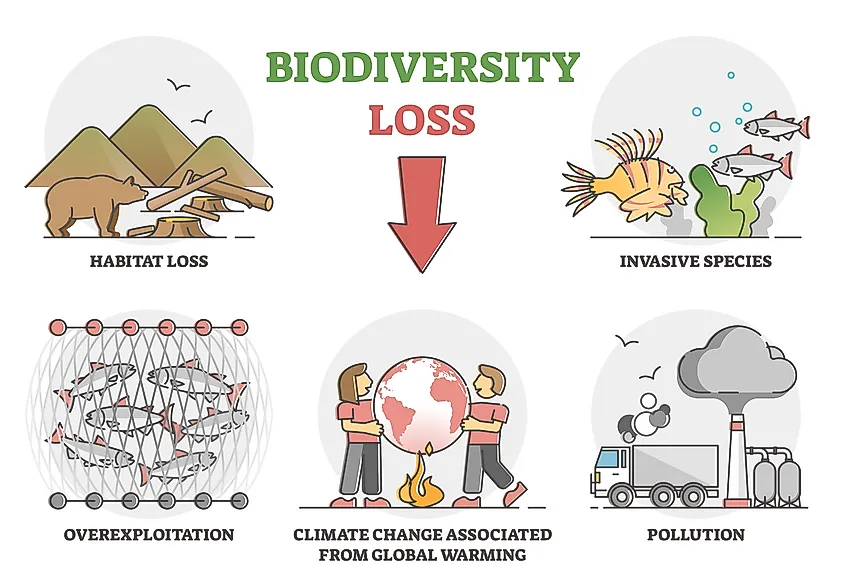
One of the largest problems on the planet, especially in terms of biodiversity loss, is the fishing industry. Overfishing and bycatch are killing mass amounts of fish, and depleting fish species all over the world. Not only are the target species being overfished - species like tuna, cod, and salmon - but the systems which are in place for the massive fishing industry sweep up virtually anything in their path, and have been a leading cause of death for many species.
For example, some 300,000 whales, dolphins and other porpoises are killed by fishing nets and lines each year, making fishing the leading cause of death for these species. Similarly, a variety of turtle species have become endangered due to fishing lines and fishing hooks which catch and kill them, despite them not being the target.
Deforestation is another major factor, and deals more directly with plant diversity. By clearing or logging larger trees from a given area or forest, industries are immediately reducing the biodiversity of plants in that area. Not only does that mean those plants - pine trees, for example - are removed, but then the absence of these trees creates further trickle-down problems with other species in the ecosystem.
Once the large trees are gone, other smaller plants - such as ferns or groundcover - that thrived in the shade of the larger canopy, can no longer survive without the protection of the larger species. Then, not only do animals that lived in the logged trees have no habitat, but animals that lived in the underbrush also find their habitats affected. Once the plants and animals species become off balance, species start to die out as they have no safe place to live, or in other cases, no place to hunt for food.
In this way each species is connected, from grass to lion, or mouse to pine tree. Each animal, plant or insect relies on the other to maintain a steady population in order that all species stay in balance.
Conservation Efforts
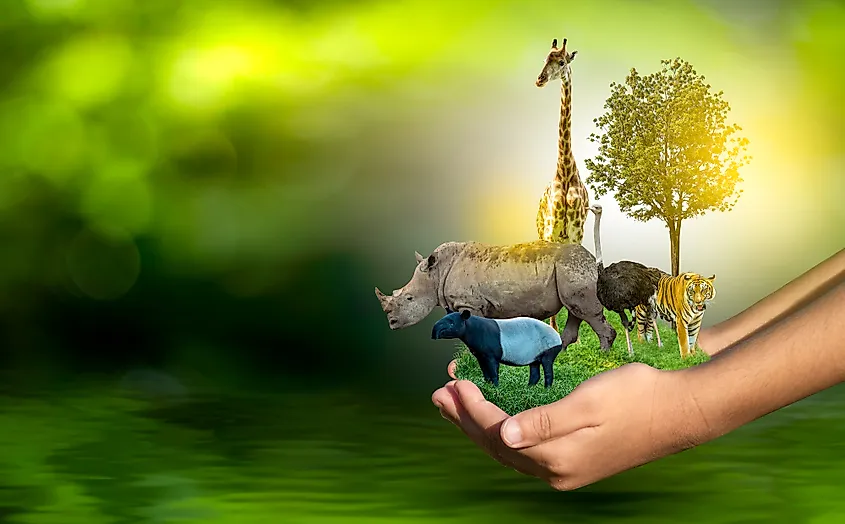
It is important, then, to ensure that diversity is maintained in as many areas as possible. This can only be done by reflecting on the large number of industries humans have set up which negatively impact the environment.
With fishing, overfishing needs to be reduced, and catch-all techniques have to be banned to ensure at-risk species are not being indirectly targeted. Similarly, deforestation needs to be evaluated. Clear-cutting removes virtually everything in an area, and is not a sustainable process. By using processes such as slash and burn and rotating-crop methods, diversity needs to be maintained. This process uses small areas for agriculture, keeping the integrity of the natural land, rather than clearing everything.
While it may be easy to assume that the largest threats to species endangerment are poaching and hunting, these activities directly target the animals, in fact there is a whole network of industries and human expansion that has affected the Earth’s overall biodiversity. Because each aspect of the Earth’s natural system is connected to the next, it is only by viewing the problem as a whole and taking a step back, that the true impact can be seen. From there, by altering processes and redirecting focus to ensure a sustainable lifestyle and sustainable industries, humans can begin to protect the biodiversity of our planet and prevent further unbalance and species loss in the future.











